The Ultimate Guide: Generate Content Ideas with ChatGPT in 10 Mins
The Universal Problem: Staring at a Blank Page
Every creator knows the feeling. You sit down, ready to work, open a new document, and… nothing. Staring at a blank screen while the cursor blinks can be maddening. Creative blocks like this remain one of the biggest barriers to producing content consistently. But what if you could have an unlimited brainstorming partner available 24/7? This guide will show you exactly how to generate content ideas with ChatGPT, turning a 10-minute session into a full month of inspiration.
Your New Brainstorming Partner: Using ChatGPT for Content Creation
Forget generic advice. The key to unlocking powerful ideas is to stop thinking of ChatGPT as a simple search engine and start treating it as a creative team member. We are going to use it for strategic ChatGPT for content creation, not just basic answers.
Why ChatGPT is a Powerhouse for Ideation
ChatGPT excels at brainstorming because it can access and synthesize vast amounts of information, identify patterns in online discussions, and adopt different personas. It doesn’t get tired, it’s never uninspired, and it can generate dozens of angles on a single topic in seconds. It’s the perfect tool to overcome writer’s block.
The Core Concept: The “Persona and Pain Point” Prompt
The secret to getting high-quality ideas isn’t a complicated trick. It’s a simple, powerful framework:
- Persona: You tell ChatGPT who your audience is.
- Pain Point: You tell ChatGPT what problems they face. The AI then generates ideas that directly solve those problems for that specific audience.
A Step-by-Step Guide: How to Generate Content Ideas with ChatGPT
Here is the exact, four-step workflow you can use right now.
Step 1: Defining Your Target Audience (The Persona)
First, be incredibly specific about your audience. Don’t just say “business owners.”
- Instead, say: “My target audience is new freelance graphic designers who are struggling to find their first clients.”
Step 2: Identifying Their Biggest Problems (The Pain Points)
What keeps this audience up at night? What are their biggest challenges?
- For our example: Their pain points are finding clients, pricing their work, building a portfolio, and managing their time.
Step 3: Crafting Your “Master Prompt”
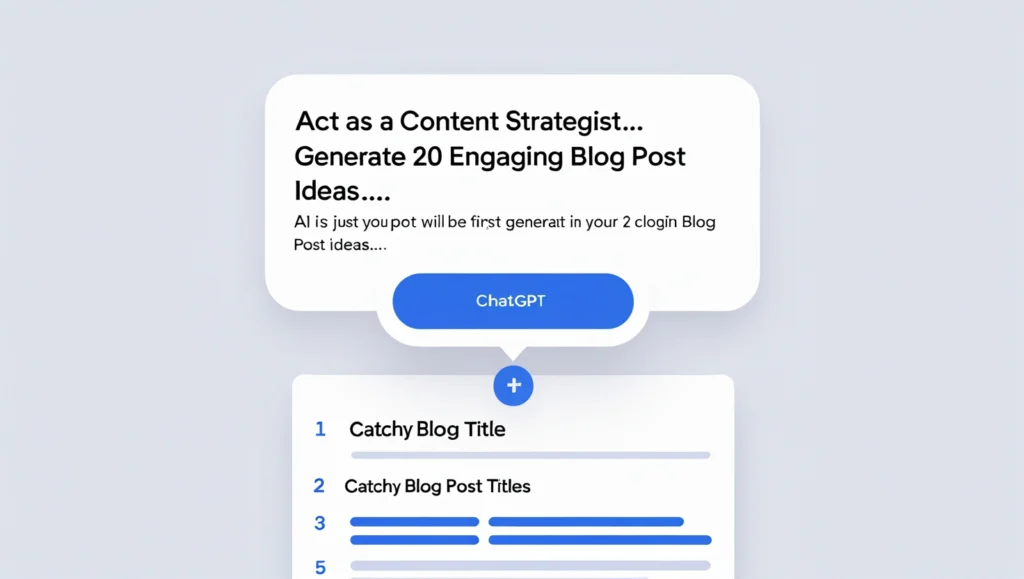
Now, combine the Persona and Pain Points into a single “Master Prompt” to feed to ChatGPT.
- My Master Prompt: “Act as a content strategist creating a content plan for a blog that helps new freelance graphic designers. My target audience struggles with finding clients, pricing their work, and building a portfolio. Generate 20 engaging blog post ideas that directly address these pain points. For each idea, provide a catchy, user-focused title.”
This is the core of the process to generate content ideas with ChatGPT.
Step 4: Refining and Expanding the Best Ideas
ChatGPT will now give you a list of 20 titles. Pick your favorite one and ask the AI to expand on it.
- Refining Prompt: “For idea #7, ‘5 Ways to Get Your First Paying Client as a Designer,’ can you create a brief outline for the blog post, including the main H2 and H3 headings?”
A Real-World Example: Generating Blog Post Ideas for a Fitness Coach
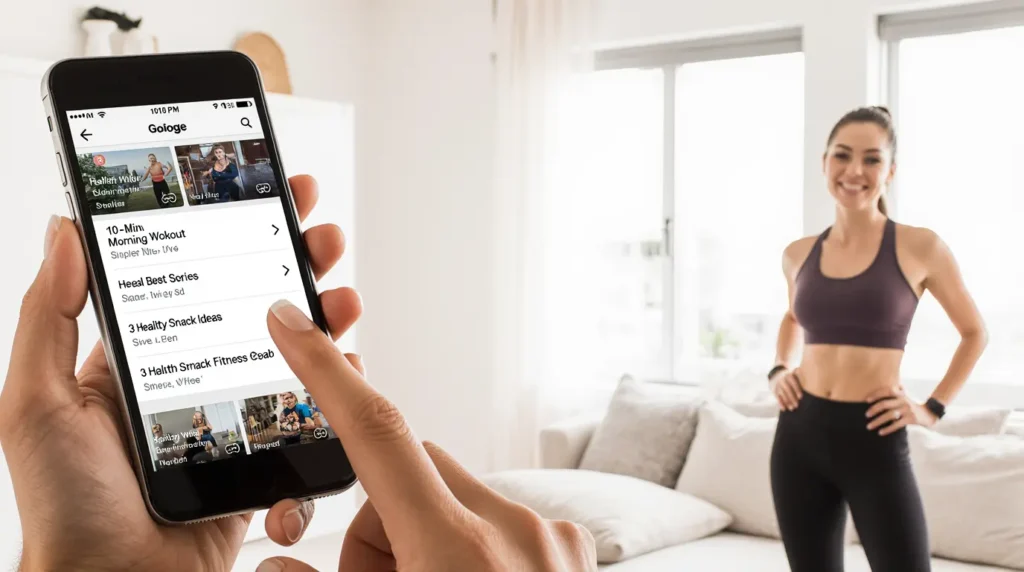
Let’s apply this to another niche.
- Persona: Busy working moms in their 30s.
- Pain Points: No time for the gym, struggling with motivation, needs quick and effective home workouts.
- Master Prompt: “Act as a content expert for a fitness coach. The target audience is busy working moms who have no time for the gym. Generate 15 content ideas for short YouTube videos that solve their problems. Focus on quick, effective home workouts and motivation tips.”
The AI will instantly provide a list like “The 10-Minute Morning Workout You Can Do Before the Kids Wake Up” or “3 Healthy Snack Ideas for a 2 PM Energy Boost.” These are perfect blog post ideas (or video ideas) because they solve a real problem for a specific person.
Practical Tips to Get Even Better Ideas
Tip 1:
Ask for Different Formats (Blog posts, Videos, Tweets) Don’t just ask for blog ideas. Specify the format. Use prompts like “Turn this idea into a 5-tweet thread” or “Create a script outline for a 60-second Instagram Reel based on this topic.”
Tip 2:
Specify a Tone of Voice (e.g., “Friendly,” “Professional,” “Humorous”) Add “…in a friendly and encouraging tone” to your prompt to shape the style of the titles and ideas the AI generates.
Tip 3:
Use the “Act As” Prompt for Expert-Level Ideas Starting your prompt with “Act as a [Job Role]” (e.g., “Act as a seasoned financial advisor,” “Act as a viral YouTube creator”) is a power move. It forces the AI to access information and patterns related to that specific field of expertise, resulting in higher-quality ideas.
Frequently Asked Questions
Are the content ideas generated by ChatGPT unique?
The ideas themselves are often based on common problems, which is good for SEO. However, the specific titles and angles the AI generates can be very unique. The real uniqueness comes from your personal insights and stories when you write the actual content.
Can ChatGPT help me outline the articles as well?
Absolutely. As shown in Step 4, after generating ideas, you can ask ChatGPT to create a detailed outline, suggest key points to cover, and even write draft introductions. This is a core part of using ChatGPT for content creation.
Is this method better than traditional keyword research?
It’s not better; it’s a perfect partner to it. Use this method to brainstorm user-focused ideas first. Then, use a keyword research tool to see which of those ideas has the highest search volume and refine your titles accordingly.

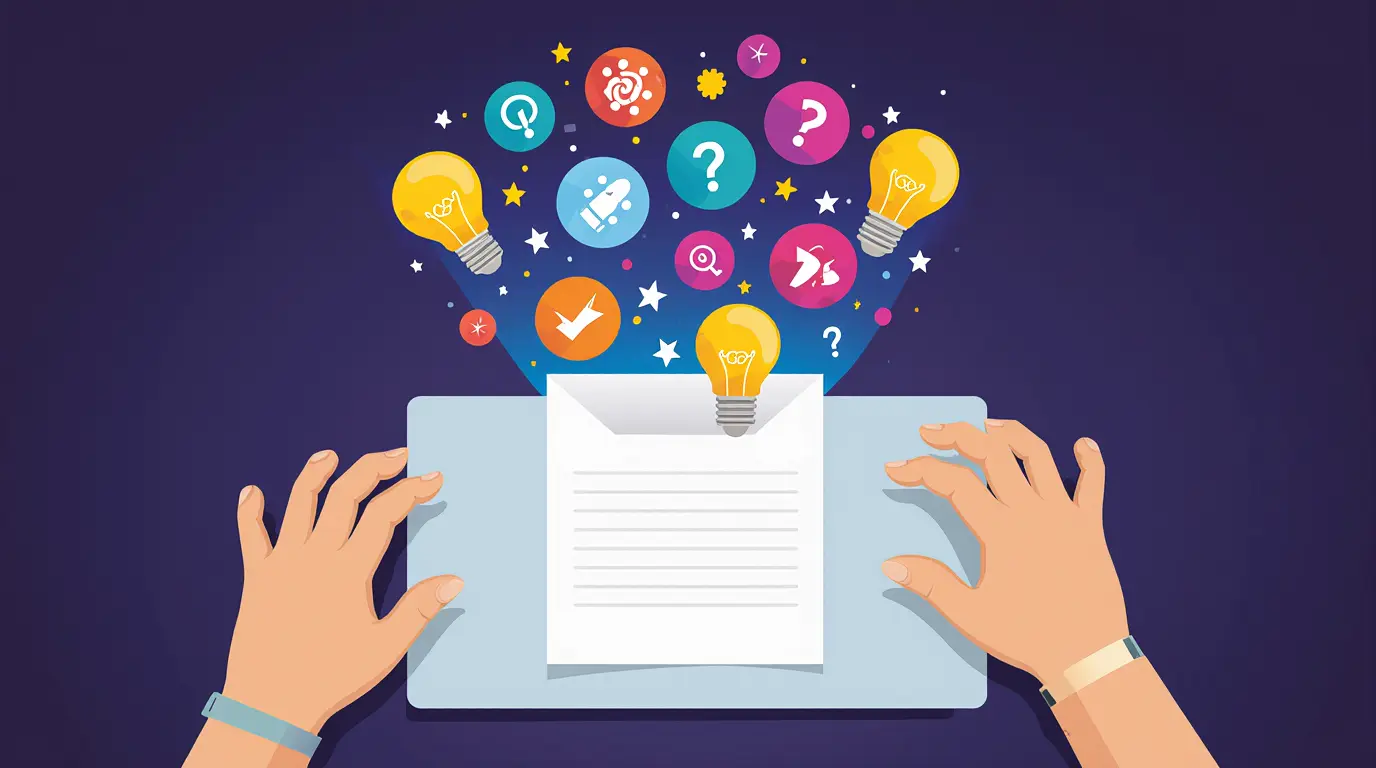

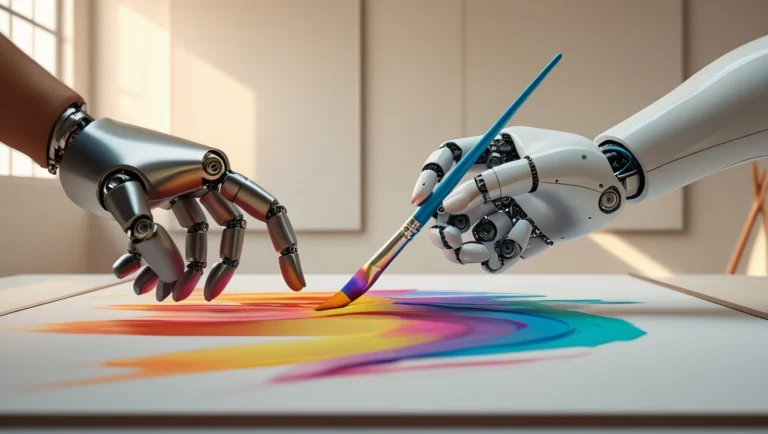



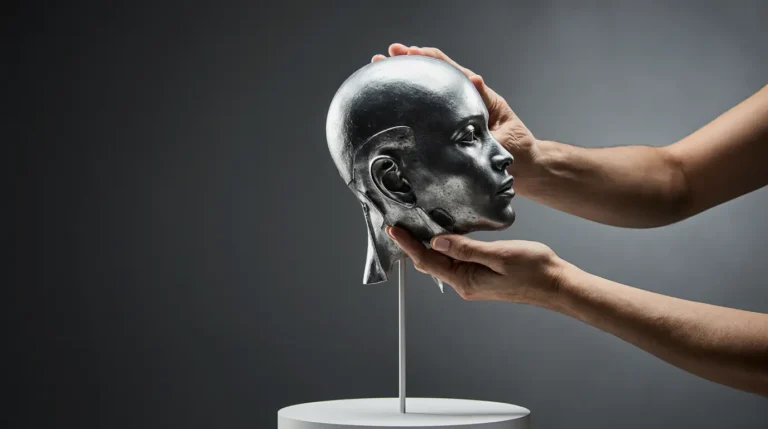
2 Comments